When getting started in candle making, the number of different waxes on the market can be surprising and sometimes confusing. How do you know which wax to use? Selecting a wax typically comes down to two main factors: 1. What type of candle you want to make (container, pillar, votive, etc.), 2. Personal preference. Paraffin wax is the most common, and more traditional wax used for candle making. It typically produces a strong scent throw and holds color well. However, paraffin wax is made from petroleum oil, a non-renewable resource. Soy wax is made from soybean oil and is often blended with natural botanical oils, making soy a great natural alternative.
Some Benefits of Soy Wax:
- Natural and renewable
- Creamy, pastel appearance
- Holds more fragrance oil (up to 1.5 – 2 ounces per pound)
- Typically sold in convenient flake form
- Moisturizing properties for use in massage candles or other bath & body recipes
Some Drawbacks of Soy Wax:
- Often exhibits “frosting”
- More viscous, typically requiring a larger wick size to burn properly
- Slightly weaker scent throw than paraffin
- Difficult to achieve deep, vibrant colors
In this tutorial, we will show you how to get started if you think soy candles are for you!
You Will Need:
–Container Soy Wax (Such as the Ecosoya 135 or Advanced, or the GW 415 or 464)
–Containers
–Wicks (We recommend Cotton Core for soy)
–Double Boiler Setup (Pouring Pitcher and Pot)
–Thermometer
–Hot Glue or Wick Stickers
–Wick Holder Bars or Wick Centering Tools
–Fragrance Oil (optional)
–Liquid Candle Dye (optional)
–Scale (recommended)
Step 1:
Measure the amount of wax needed for your containers in your pouring pitcher and melt the wax using the double boiler method. A precision scale is the best way to accurately measure the wax. To determine how much wax is needed for your containers, try our Handy Calculator. Use a thermometer to monitor the temperature of the wax as it melts.
Step 2:
While the wax is melting, prepare your wicks and containers. Check our Cotton Core Wick Chart to determine what size you need based on your containers and wax type. Ecosoya waxes typically require 1-2 sizes larger than paraffin, and GW waxes typically require 2-3 sizes larger than paraffin. Remember, there are many variables that can affect the way a candle burns, so it is always important to test your wicks. Secure the wicks to the bottoms of the containers with hot glue or wick stickers, and use a wick holder bar or wick centering tools to keep them in place at the top. It can help to use the barrel of a pen to insert the wick (as shown in the picture), especially with narrow jars.
Step 3:
When the wax has reached a temperature of about 170-175 degrees F, add your fragrance and dye if desired and mix thoroughly. For a strong scent throw, we recommend using approximately 1.5 ounces of fragrance per pound of wax (9%) and the liquid dyes are recommended over dye chips since they are more concentrated. Remove the wax from the heat and allow to cool down, stirring occasionally.
Step 4:
Once the wax has cooled to around 130 degrees F, you can pour it into the containers. For soy wax, you can pour anywhere between about 100-150 degrees F, so 130 is a good starting point. The ideal pouring temperature will depend on factors such as the type of soy wax you use, temperature of the surrounding environment, etc. We recommend testing different pouring temps to see what works best for you.
Step 5:
Allow the candles to cool completely, trim the wicks to approximately ¼”, and enjoy. To get the full impact of the scent throw, set the candles aside for several days before lighting.
Frosting:
You may notice (either right away or over time) that your soy candle has white-ish spots on it. This is a normal characteristic of soy wax known as “frosting.” Unfortunately there is not much that can be done to prevent this. Leaving the candle uncolored will greatly reduce the appearance of frosting. The Ecosoya Container Blend Advanced soy wax contains natural botanical oils that help minimize the frosting. However, the drawback of the Advanced is a weaker scent throw than other waxes. Another option is to blend paraffin wax into your soy to reduce the frosting effect. Finding the right pouring temperature and/or preheating your jars can both help prevent frosting from appearing at first, but over time almost any soy candle can frost, especially around the melt pool after the candle has been burned and allowed to cool. Most people who regularly purchase soy candles are used to the frosting but still prefer soy for its natural benefits. Ultimately, it is up to you and your potential customers to determine which wax is right for you.
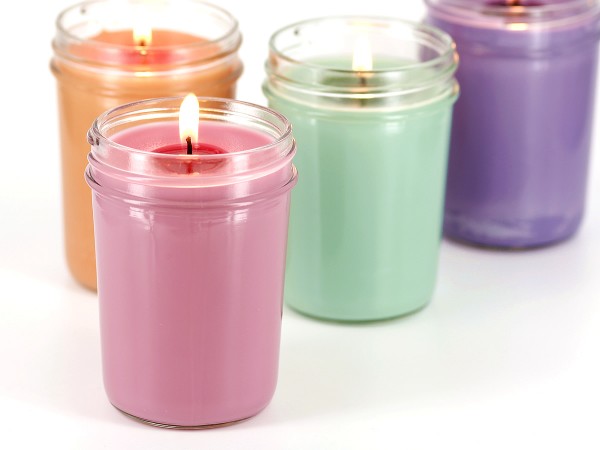

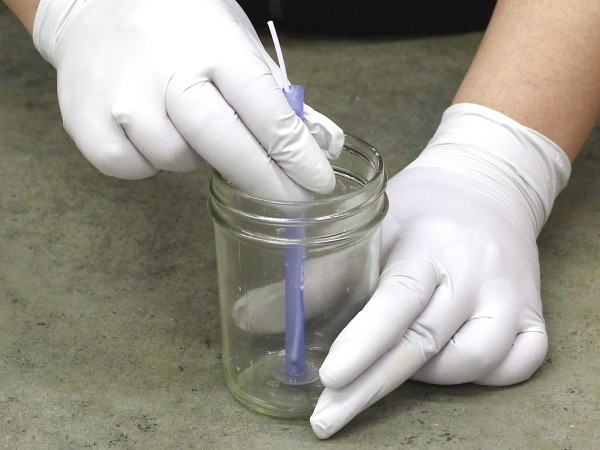
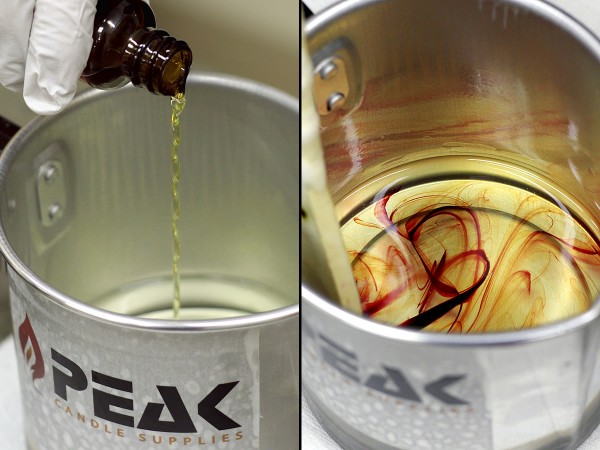
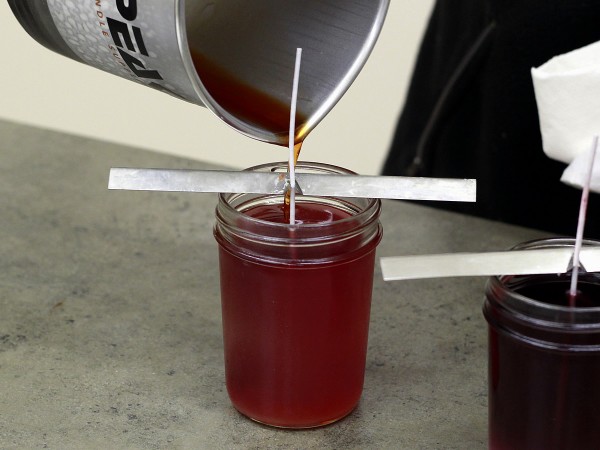
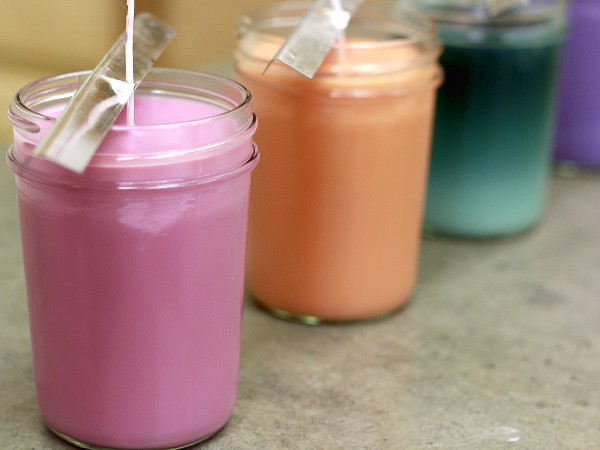
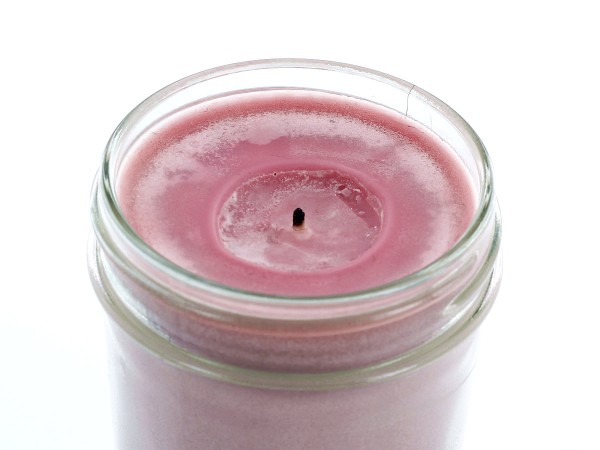
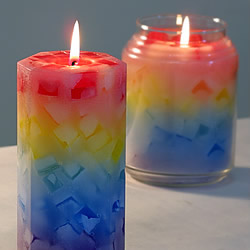

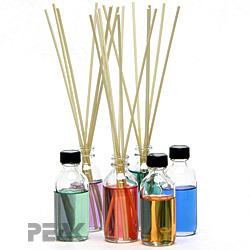
When my candles set for some reason it gets larger. I have some that are at least a year old and the wick is buried.. I usually leave the wick long letting the consumer trim it after its sold. The candles is good but you have to dig around the wick to get it started.. and I can’t sell them because people think there is something wrong with it.. I quit using soy because of that and the turning white spots.. people just think there is something wrong..
I agree, the CB ADVANCED WAX does have a weak scent throw with most scents. I usually mix 1/2 CB Advanced Wax with 1/2 GB464 Wax and it’s a perfect combination! I also use 1/2 GB464 with 1/2 of just plain old 100% regular soy wax. It helps with the scent. Remember, curing is key! Some of my candles take about a week to fully cure. Might have a weak scent the first three days but then they get stronger as the days go on. I only use the scents that I know cure and are strong after 48 hrs.
Thanks for the inportant information…..Wil be making
these with a church youth group
Hi.
What would be the ideal soy wax temperature before adding the scent to get excellent hot scent throw, if one is using GW464?
Thanks
thanks for that article
I am useing soy wax. I am haveing probems with them. Shadowing around the glass. Frosting and cracking on top
I have tried diffent heating and no good regards roslyn.
that is wonderful
i wish i can open in my city / lebanon – beyrout a small factory for candles
Hi, Thank you for providing these helpful tutorials! I’m new to candle making and am wondering why this soy wax container tutorial does not recommend pre-heating the glass containers or repouring a second layer of wax on top to hide any sinking or seams. The other container candle making tutorial (not using soy wax) recommends both of these steps.
I just made my first soy candles (using only essential oils and no colorants) and there are cracks by the wicks. Perhaps I should do a second pour? The wicks are held in place with clothespins. Any insight would be appreciated, thanks!
Hi Jessica,
Pre-heating your jars can be helpful, but is not always necessary depending on the type of soy wax, pouring temperature, and room temperature. If you are having trouble with cracking, we recommend pouring at a lower temperature so that the wax cools more slowly. You can also try a second pour, or use a heat gun to melt the top.